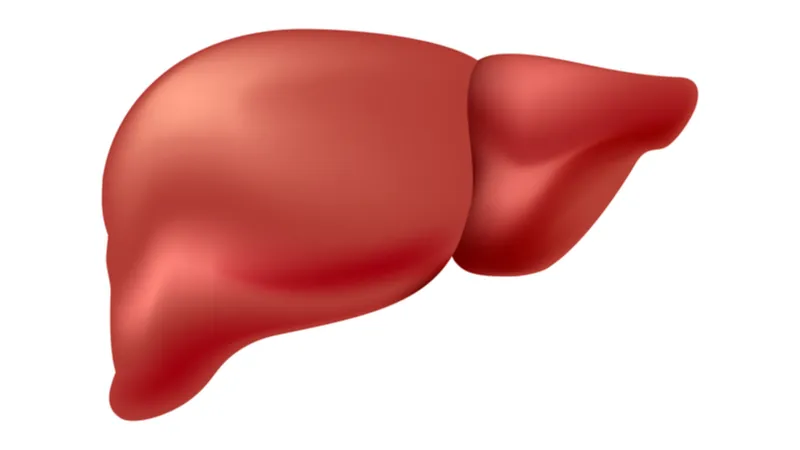Liver
The liver is an indispensable organ located in the upper right abdominal cavity. It may be the most complex organ in its function, playing an important role in the body’s metabolism, particularly in proteostasis. The liver stores, transforms, and releases carbohydrates and fats based on the body’s energy needs, and it is responsible for the breakdown of many hormones, such as insulin. Various proteins, waste products, and even most medicines are metabolized by the liver. The broken-down molecules are then either repurposed or removed from circulation via the bile or kidneys. In addition to breaking down proteins, it is the main producer of various important proteins, including albumin and angiotensinogen. The liver also produces bile to aid in digestion and much of the lymph of the immune system. It even expands and contracts to serve as a reservoir for blood. In total, the liver is responsible for as many as 500 discrete functions, many in combination with other organs.
Like all tissues and organs in the body, the liver declines with age. In the absence of specific pathology, the liver decreases in size and the blood flow through the tissue is reduced. The aged liver also suffers from decreased metabolic function and efficiency. This can especially negatively impact its ability to metabolize drugs, sometimes increasing the difficulty of treating patients with age-related diseases. In addition, an individual’s risk for liver cancer or a liver clot increases dramatically with age. However, relative to other organs, the liver is actually very resilient with age. It is the tissue with the highest capacity for regeneration: as much as 50% can be regrown if removed from a healthy individual.
Liver disease is the primary pathology that afflicts the liver and is most commonly diagnosed between the ages of 40 and 60 years. There are many types of liver disease, and most have environmental, behavioral, viral, or genetic causes. Viruses cause hepatitis. High alcohol consumption leads to cirrhosis. Obesity and poor diet lead to nonalcoholic fatty liver disease (NAFLD) and steatohepatitis (NASH). There are also a host of autoimmune and pediatric liver diseases, many of which are believed to have genetic causes. Finally, the liver can rupture from trauma, a situation that, for the most part, is unassociated with aging.

